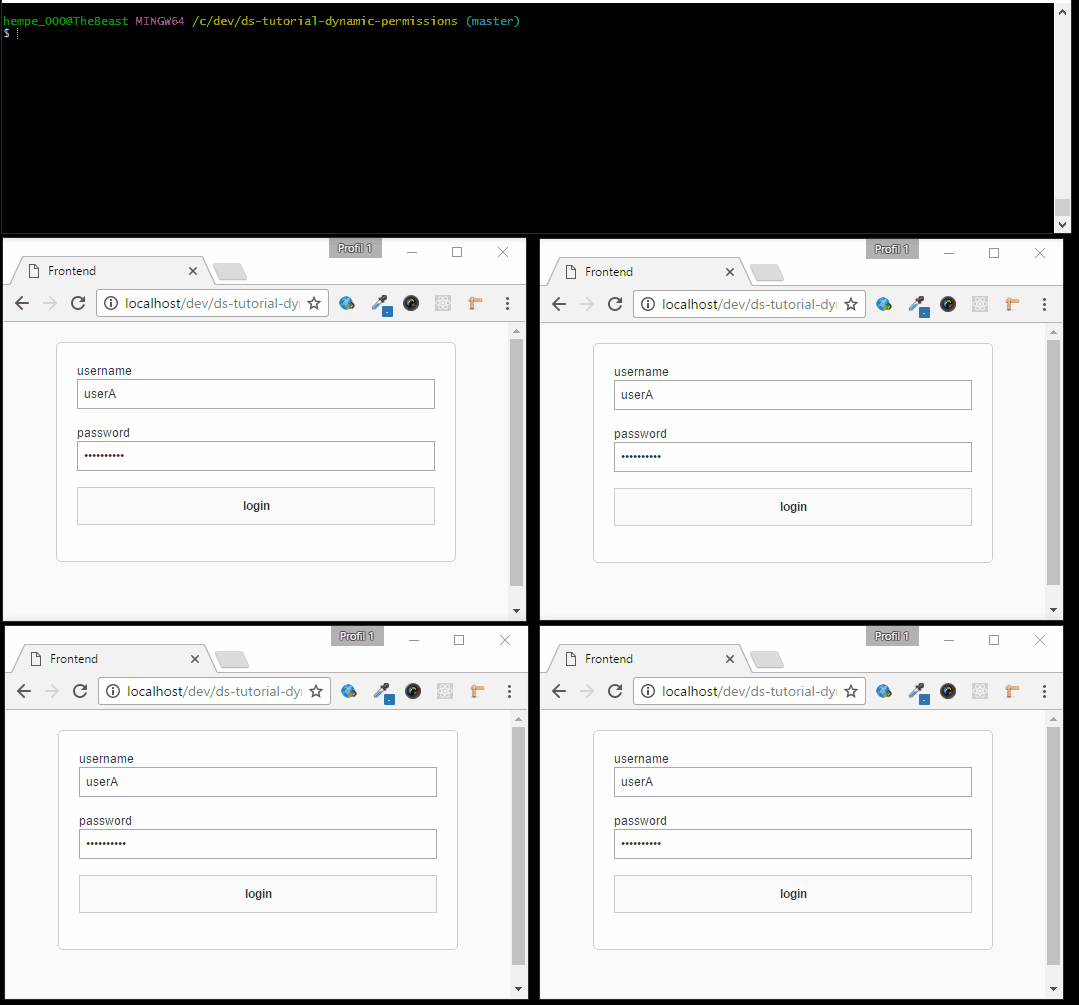Valve Dynamic
Realtime permissions that are readable on both client and server
Oh dear…permissions! Permissions are always super-hard to explain. I’ve read tutorials using The Simpsons, The Fellowship of the Ring and even the Olsen Twins to explain concepts like “access groups” and “right-inheritance”.
With deepstream, things can be equally tricky at times - but for different reasons. deepstream is a realtime server. And even its permissions can be - if you want them to be - shared with both clients and servers in realtime.
The good news is that deepstream makes realtime permissions extremely easy using a permission language called “Valve”. This tutorial assumes that you already know your way around Valve. If you haven’t come across it yet, make sure to read the Simple Valve and Advanced Valve tutorials first.
But hold on: Why would I want realtime permissions?
A lot of times you’ll want the same set of permissions in two places:
-On the server to enforce the permission-rules within a trusted environment.
-On the client to provide instant validation and a defensive design that avoids user frustration by making forbidden options unavailable.
As permissions change - e.g. a user being kicked out of a chat-group or a trader no longer being allowed to buy a certain stock - you’d want those permissions not only to take effect immediatly, but also gently and gracefully remove the associated options from the client’s UI - the exact moment they become unavailable.
The goal of this tutorial
This tutorial won’t be using The Simpsons or any other metaphor. Instead, it will use colors (hurray!). Here’s what we want to achieve:
there will be three users and one admin with individual credentials

there is one global color record that can be set by any user to red, green or blue
each user gets three buttons, one for each color. When clicked, they set the global color.

the admin user can decide which user is allowed to set the global color to which value

Any change to a user’s permission needs to reflect on their GUI in realtime and needs to be enforcable by the server

Please note: You can find the code for this example on Github
Login
To keep things simple we’ll be using file-authentication and cleartext passwords. To enable file-based authentication, configure it in the auth section of your server’s config.yml.
auth:
type: file
options:
users: fileLoad(users.yml) # Path to the user file. Can be json, js or yaml
hash: false # false indicates that we're using cleartext passwordsEvery user has associated metadata that will be shared with both Valve and the client for permissioning. Here’s what this will look like:
# User A
userA:
password: "usera-pass"
serverData:
permissionRecord: "permissions/usera"
role: "user"
clientData:
permissionRecord: "permissions/usera"
role: "user"a few things to note:
- this data is stored in
users.yml - the data is specified twice.
serverDatawill be available within Valve rules asuser.data,clientDatawill be passed as the second arguments to succesfullogin()callbacks. rolecan either beuseroradmin. Admins will be shown the admin GUI on the client and are allowed to set a user’s permissions. Users can set the global color - if they are permissioned to set it to a particular value.-
permissionRecordis the name of a record that will contain the actual permission information in the following format:{ red: true, blue: true, green: false }
The permissions
Our permissions are stored in a file called permissions.yml please find the entire file here. The section on records will look as follows
record:
"*":
create: true
write: true
read: true
delete: false
listen: false
"global-color":
write: "_(user.data.permissionRecord)[data.color]"
"permissions/*":
write: "user.data.role === 'admin'"Default permissions
Lets look at this file step: In general we allow everything, but turn off deletion and listening to records as these features won’t be used in our example. Depending on your approach it might be a better choice to deny everything by default and only explicitly allow interactions.
"*":
create: true
write: true
read: true
delete: false
listen: falseAllowing users to set global color
Here we decide whether a user is allowed to set the global color to a specific value. user.data.permissionRecord is the name of the permission-record specified in our users.yml file’s serverData section.
_() is the cross-reference-function used to load a record’s data into our permission rule. data.color is the color value in the incoming data the user tries to write.
"global-color":
write: "_(user.data.permissionRecord)[data.color]"Allowing only admins to set permissions
Next up we need to make sure that only admins can set a user’s permission. Similar to before we check for every write to any of the permission records (permissions/usera etc.) if the role of the one attempting the write is admin.
"permissions/*":
write: "user.data.role === 'admin'"To summarize
This mechanism is all we need to ensure the above permissions on both client and server. Everytime a user tries to write to the global-color record, her permissions are checked accordingly. Everytime an admin enables or disables a permission, the associated button on the user’s GUI is turned on or off.